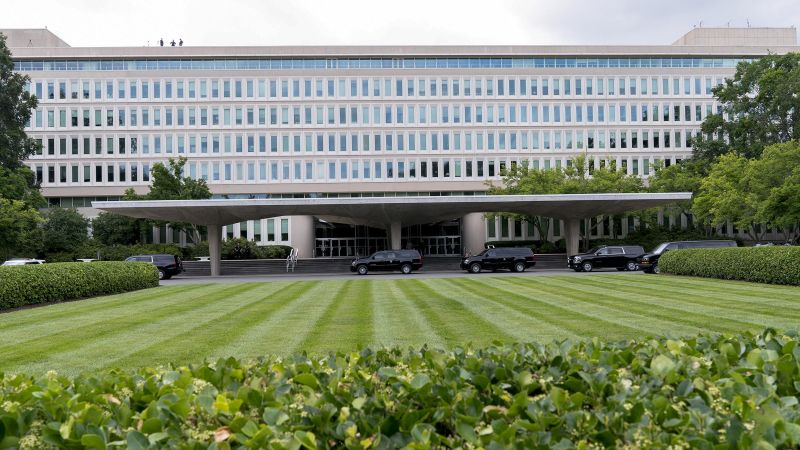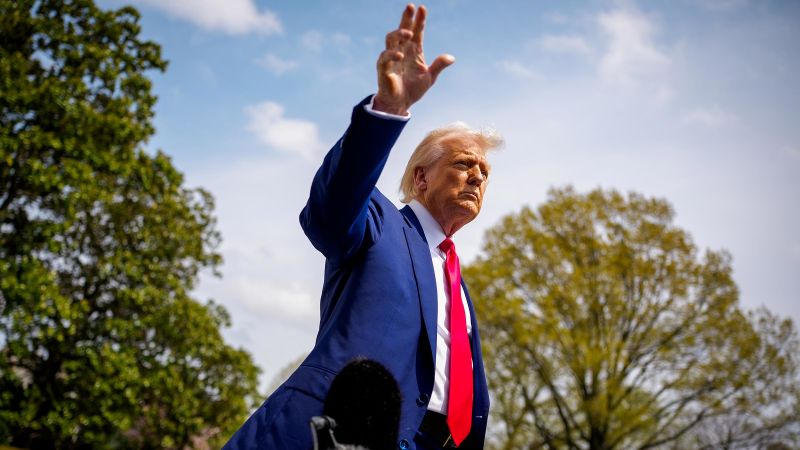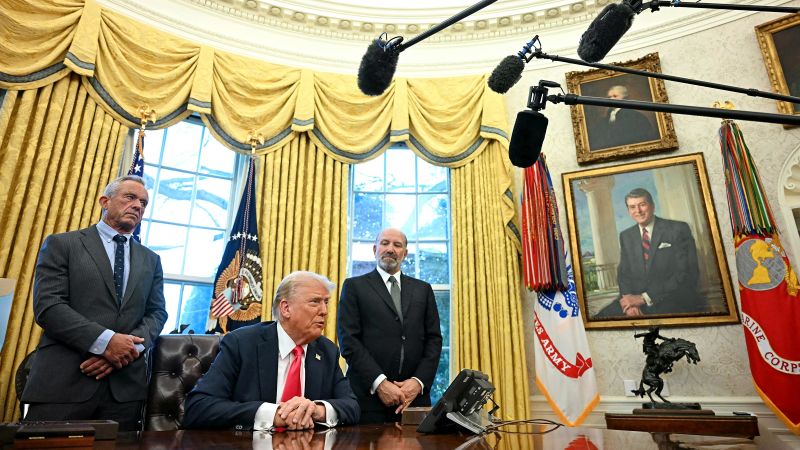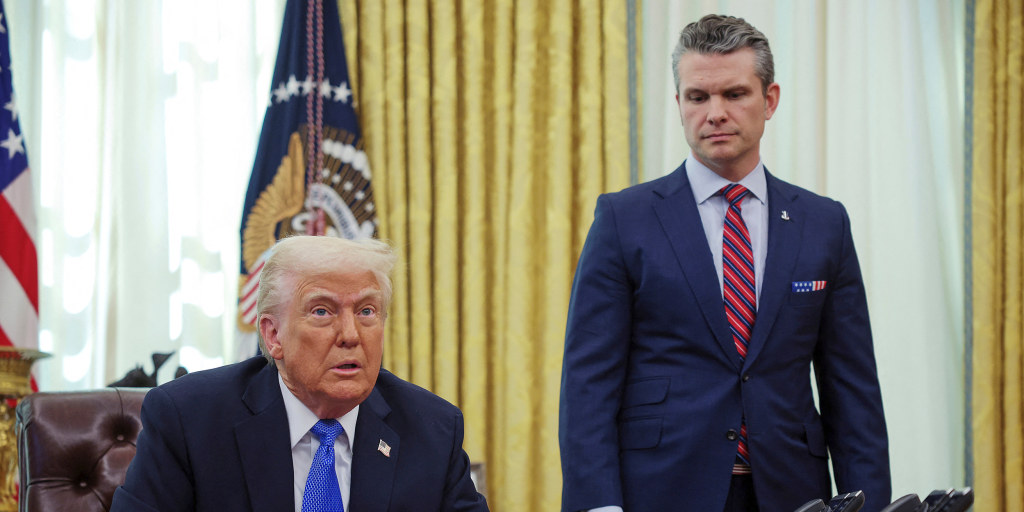From FDR to Forever: How One President's Legacy Reshaped American Democracy
Politics
2025-04-05 18:30:06Content

In a pivotal moment of American constitutional history, the two-term limit for U.S. presidents was officially enshrined in the Constitution in 1951. This landmark amendment was a direct response to President Franklin D. Roosevelt's unprecedented four-term presidency, which came to an end with his death in 1945. Prior to this constitutional change, there was no formal restriction preventing a president from seeking multiple terms in office.
Roosevelt's extraordinary tenure during the Great Depression and World War II challenged the long-standing, but unwritten, tradition established by George Washington of serving only two terms. The 22nd Amendment effectively codified this historical precedent, ensuring that no future president could serve more than eight consecutive years in the White House, with a maximum potential of ten years if they assumed the presidency mid-term.
This constitutional amendment stands as a testament to the American system's ability to adapt and establish safeguards that prevent the concentration of power in any single individual, reflecting the nation's commitment to democratic principles and peaceful transitions of leadership.
Presidential Term Limits: A Constitutional Milestone in American Democracy
The landscape of American presidential governance underwent a transformative shift in the mid-20th century, fundamentally altering the power dynamics and longevity of executive leadership. This pivotal moment in constitutional history would reshape the fundamental principles of presidential succession and limit the potential for prolonged individual executive control.Redefining Presidential Power: A Constitutional Revolution Unveiled
The Historical Context of Presidential Term Limits
The evolution of presidential term limits represents a critical juncture in American democratic governance. Prior to 1951, presidents were not legally constrained from seeking multiple terms, a practice that had been largely governed by unwritten tradition established by George Washington's two-term precedent. Franklin D. Roosevelt's unprecedented four consecutive presidential terms dramatically challenged this long-standing political convention, ultimately triggering a fundamental constitutional recalibration. The unprecedented tenure of Roosevelt, who served during the Great Depression and World War II, demonstrated the potential for a single leader to accumulate extraordinary political power. His ability to win four consecutive presidential elections highlighted the need for a structural mechanism to prevent potential autocratic tendencies and ensure a regular transfer of political leadership.Constitutional Amendment: Institutionalizing Democratic Principles
The Twenty-second Amendment, ratified in 1951, emerged as a direct response to Roosevelt's extraordinary political longevity. This constitutional modification explicitly limited future presidents to a maximum of two full four-year terms, effectively codifying what had previously been an unwritten political tradition. The amendment represented a delicate balance between preventing potential executive overreach and maintaining the democratic principles of representation and periodic leadership renewal. Legal scholars and political historians have extensively analyzed the amendment's implications, recognizing it as a critical safeguard against potential presidential entrenchment. By institutionalizing term limits, the United States reinforced its commitment to democratic principles of power distribution and prevented the potential emergence of quasi-permanent executive leadership.Broader Implications for Democratic Governance
The implementation of presidential term limits extended far beyond mere procedural changes. It fundamentally restructured the American political landscape, creating predictable mechanisms for leadership transition and preventing the consolidation of excessive personal political power. This constitutional innovation ensured that no single individual could indefinitely monopolize the highest political office, thereby protecting the core principles of representative democracy. Moreover, the amendment introduced a systematic approach to political succession, providing clarity and stability in the transfer of presidential authority. It created a structured framework that balanced the need for experienced leadership with the imperative of preventing potential autocratic tendencies.Global Influence and Democratic Principles
The United States' approach to presidential term limits became a model for numerous emerging democracies worldwide. Many nations subsequently adopted similar constitutional provisions, recognizing the importance of preventing prolonged individual executive control. This global trend underscored the universal appeal of balanced, democratic governance mechanisms. The constitutional amendment represented more than a legal technicality; it embodied a profound philosophical commitment to democratic principles of power distribution, representation, and periodic renewal of political leadership. By limiting presidential terms, the United States demonstrated a sophisticated understanding of democratic governance that prioritized institutional integrity over individual political ambition.RELATED NEWS
Politics

Classified Chaos: Trump's Budget Cuts Could Unravel CIA's Covert Operations
2025-02-24 09:00:47
Politics

Vanishing Act: The $3.8 Trillion Budget Mystery Unfolding in Washington
2025-04-07 22:29:08






